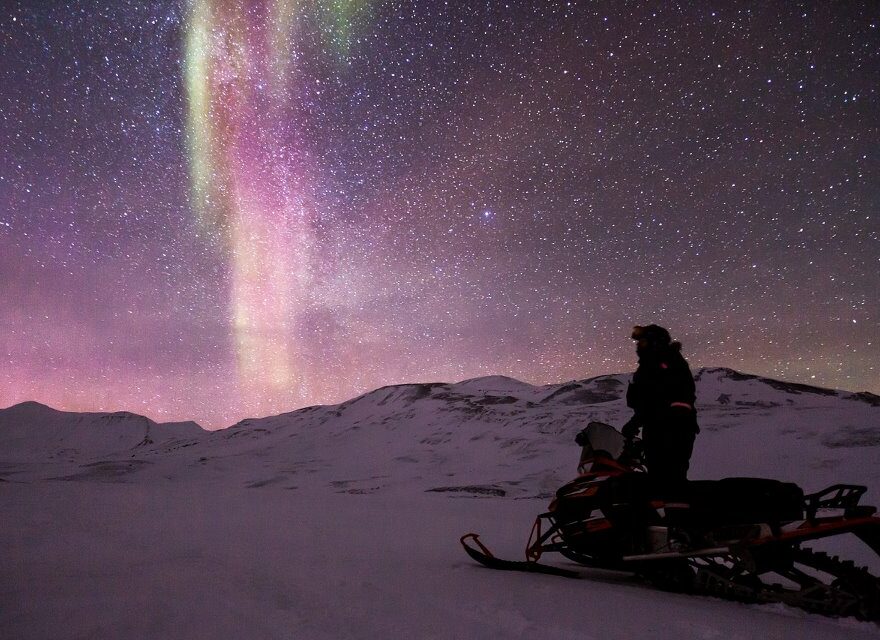Last updated on May 14, 2021 by Roger Kaufman
NASA “World of Change”: Mount St. Helens – 30 Years Later
A volcano through the eyes of a satellite –
Exactly 30 years ago, Mount St. Helens erupted after it had recently shown the first signs of life with a weak earthquake.
Rising magma bulged the mountain significantly on its north side.
On May 18, 1980, a magnitude 5,1 earthquake shook the mountain and led to a massive landslide.
The pressure on the rising magma was suddenly reduced and the dissolved gases and water vapor escaped in a large explosion.
Roughly speaking, this works like a bottle of champagne that you shake vigorously before opening.
The rest is history. With the eruption on May 18, 1980, that was History but not over yet.
The volcano is still active. That also shows Video from the USGS, which Dave Schumaker tailored a little to the dynamics of the lava dome in the crater.
This short video shows the catastrophic effects of the eruption... and the incredible regeneration of the surrounding ecosystem - through the eyes of Landsat satellites.
Landsat satellites.
Video – A volcano through the eyes of a satellite
Video and description via: http://facebook.com/WissensMagazin / http://facebook.com/ScienceReason
What are Landsat-Satellites
Wikipedia provides the following definition of the term
The Landsat-Satellites are a series of civil Earth observation satellites of NASA for remote sensing the continental surface of the earth and the coastal regions.
They are primarily used to map natural resources and record changes caused by natural processes and human activity.
Since 1972, eight satellites (including one false launch) of this series have been launched, spread across four series.
The remote sensing platform records so-called remote sensing data using various sensors.
The Landsat program has its origins during the Apollo moon landing missions in the 1960s, when images of the Earth's surface were taken from space for the first time.
In 1965, the then director of the United States Geological Survey (USGS), William Pecora, proposed a remote sensing satellite program live to obtain data about the earth's natural resources.
That same year, NASA began methodical remote sensing of the Earth's surface using instruments placed on aircraft.
In 1970, NASA finally received permission to build a satellite. Just two years later, Landsat 1 was launched and remote sensing could begin.







